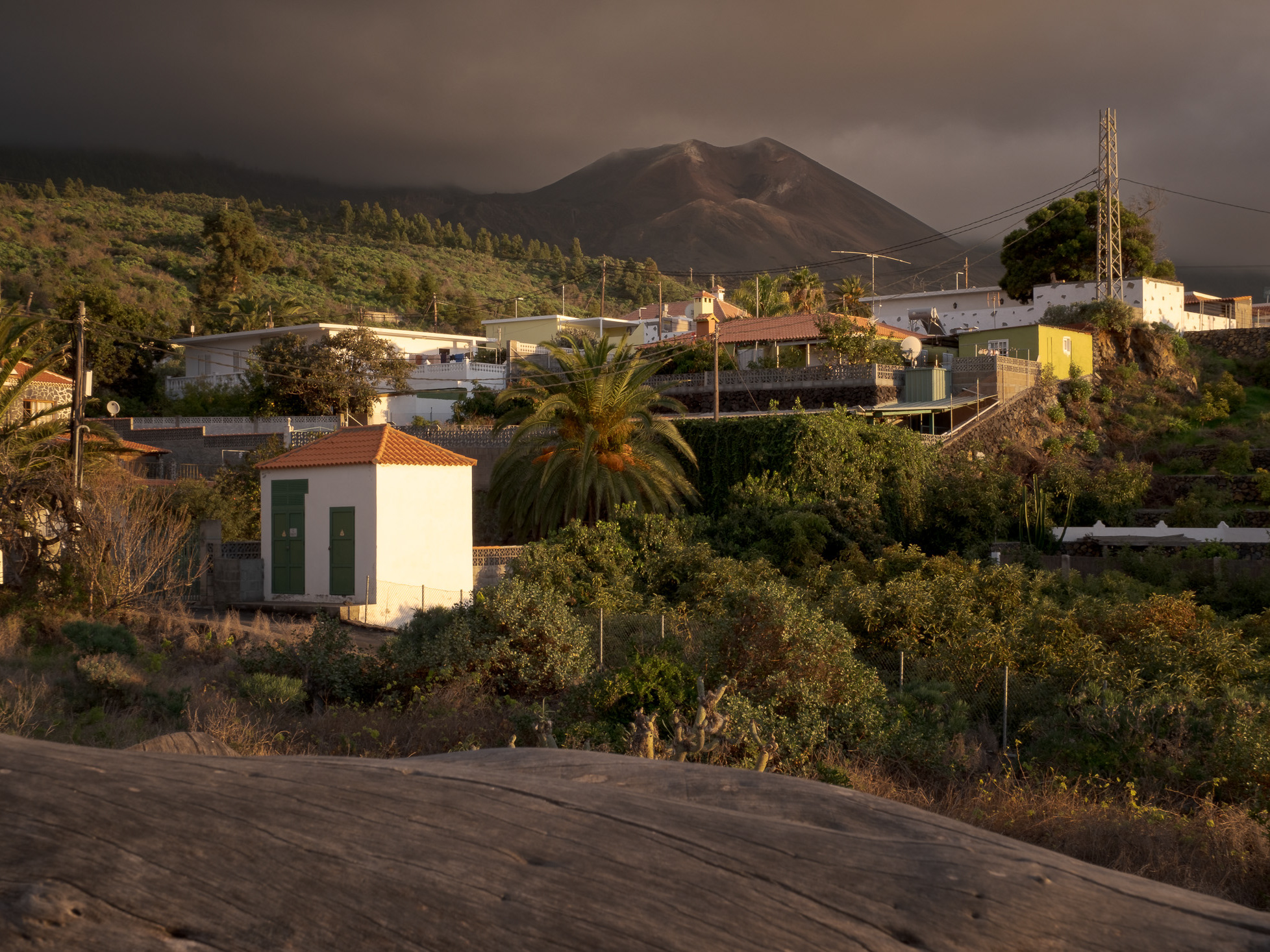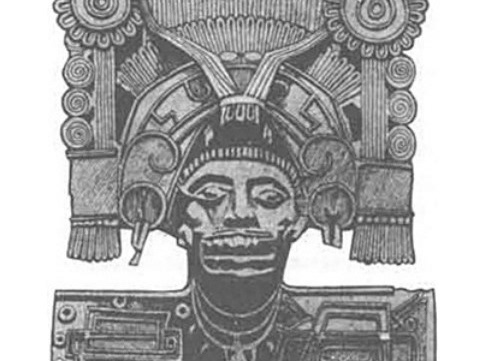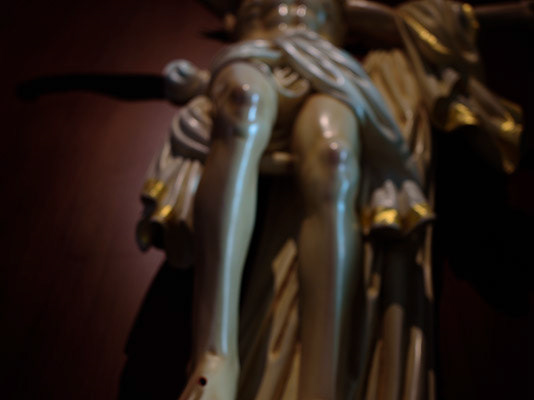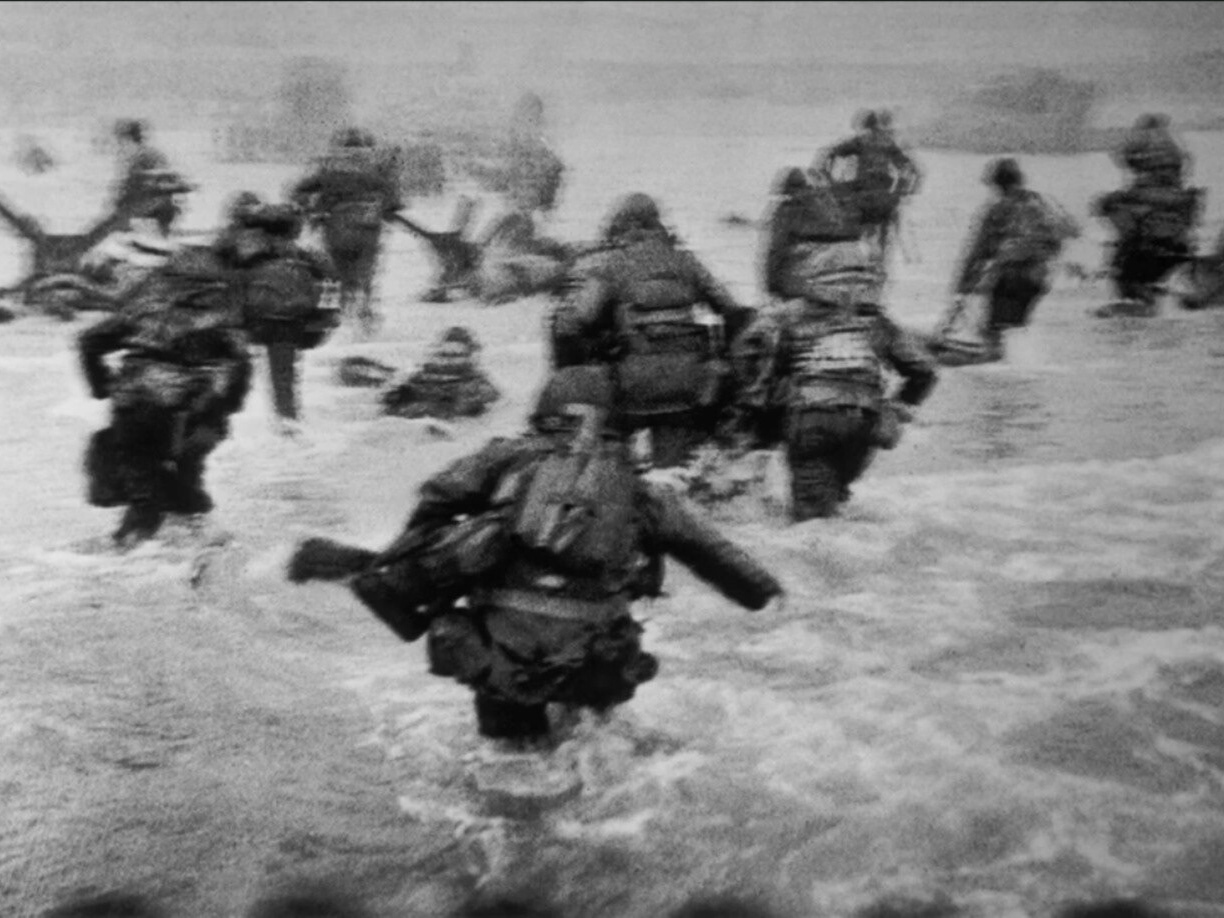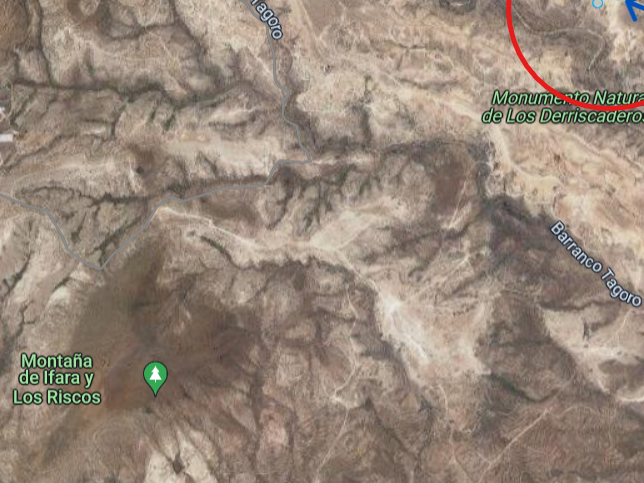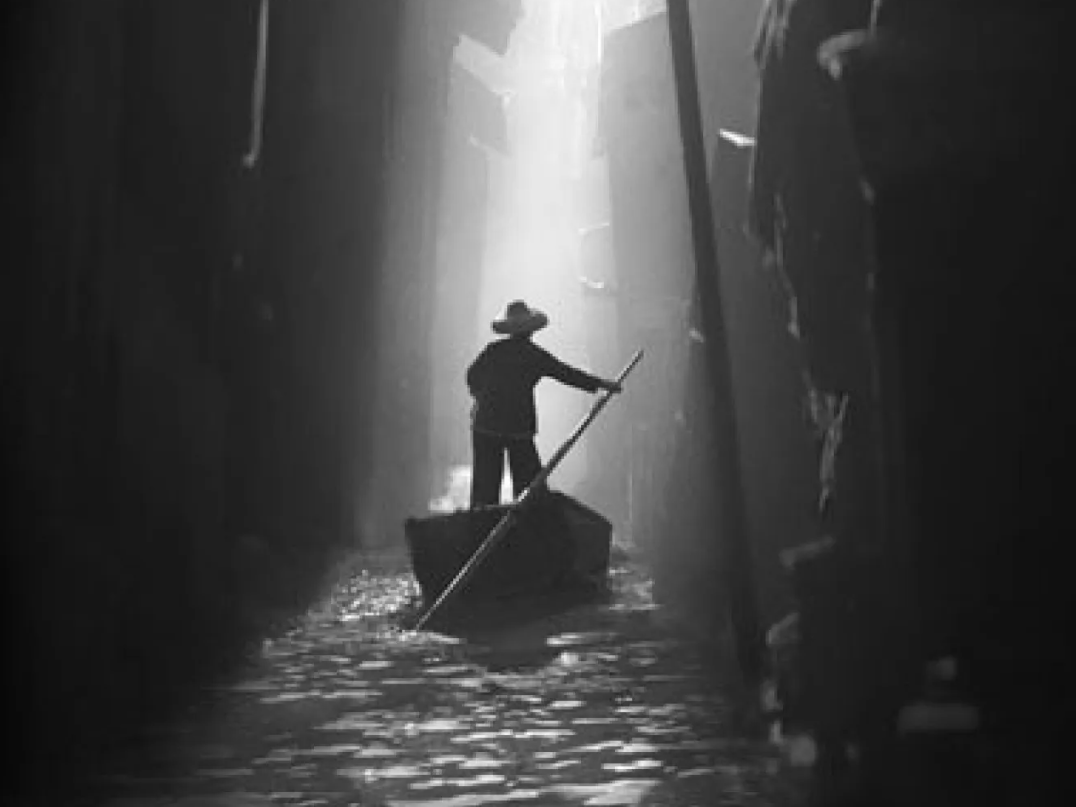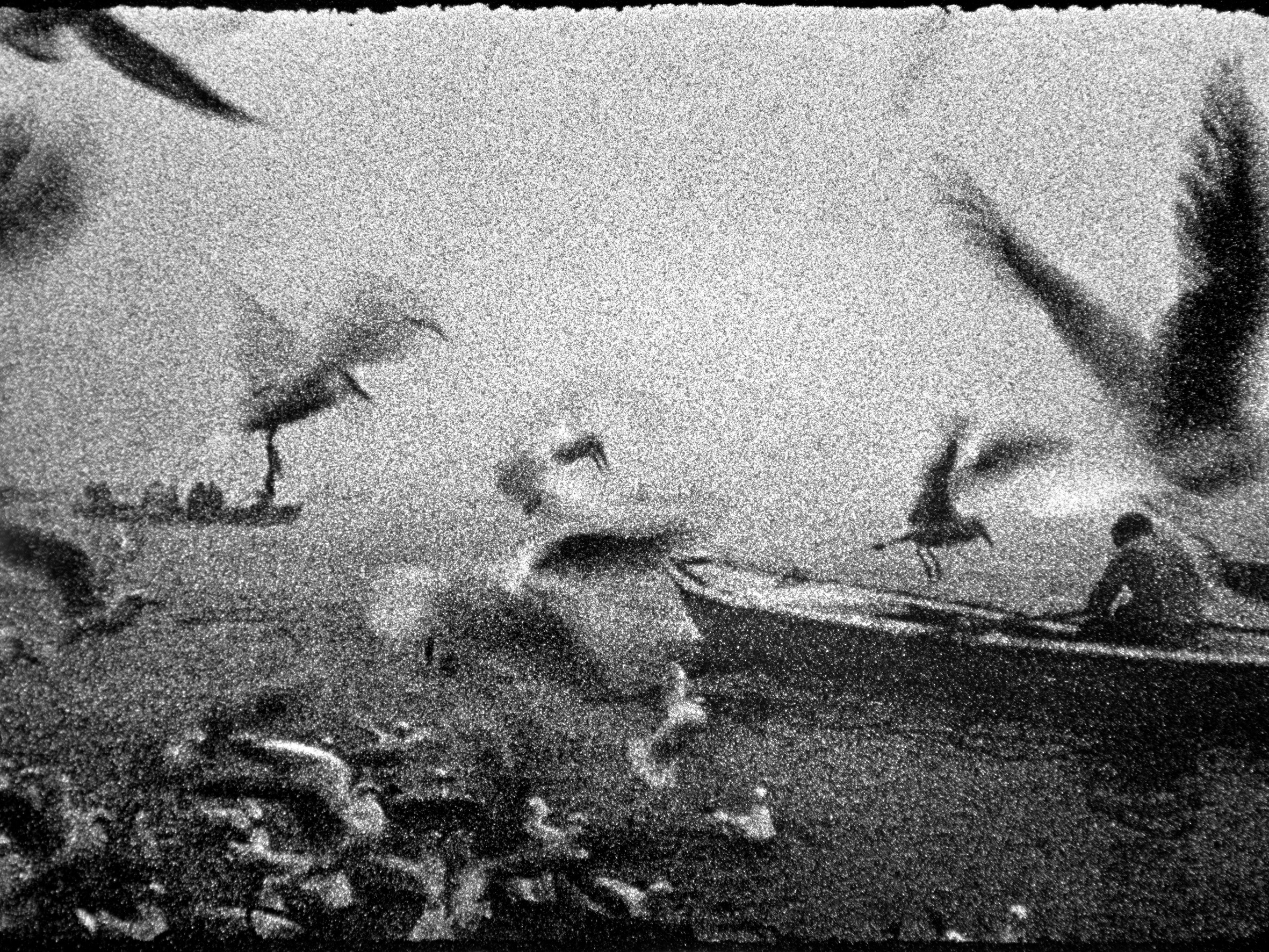A plate and a fork. Only these two elements were needed to create one of the most iconic photographs of the 20th century. The photograph in question comes from André Kertész, a photographer who embraced surrealism much like his contemporary, Eugene Atget. André is considered by many to be the father of photojournalism, which is now often referred to as "Street Photography."
Much has been said about this image. There has been talk about the lights and shadows and how, despite being antagonistic, they are necessary to define what a photograph is and to give the image volume.
Another discussed aspect is its composition, in which the fork, despite being the slender element, takes center stage along a delicate diagonal, ending in the golden triangle.
There has also been discussion—though this is a subjective interpretation by various commentators—about the sense of helplessness the fork conveys when it touches the plate.
However, and this is something I greatly appreciate about photography, within certain limits, it is a subjective art that evokes different sensations in different people. To me, it evokes other thoughts.
The reason for this is that our body of knowledge and experiences forms a cultural package through which we can express our opinions.
The photograph was taken in 1928, a year before the famous "Crash of 1929." Much like back then, we are experiencing a series of global events that lead us back to this image. Once again, this is a personal opinion, but I cannot help having these thoughts when I see the photograph.
The fork, as a metaphor for a state with sharp and threatening policies, tries to bleed dry a society devoid of self-criticism, economically burdened with taxes, and completely lacking common sense and historical awareness. Even the shadow of the fork seems to be "stabbing" this foolish society more concerned with empty content than with the threat looming over it.
The image gives me a sense of hopelessness, a loss of faith in humanity, perhaps a bad omen of what awaits us in the future. The poorly maintained background, not "involuntary," with stains and dirt, enhances this feeling of social rootlessness and hunger.
It seems to fit very well in times when society is decadent as a prelude to a great crisis. Just as in '29, we are facing economic crises, as well as wars and migratory movements that conflict with our way of life. This is why, in my opinion, André was able to decontextualize a plate and a fork to create an allegory—or perhaps not so much—of a social reality that, having one vision or another, is evident to anyone who confronts it.
Thus, André foresaw our time, unwittingly predicting a very current moral and social reality.
I conclude by noting that this is merely a personal opinion, based on my knowledge and experiences, and that any other meaning or interpretation is possible.
What is your interpretation?
